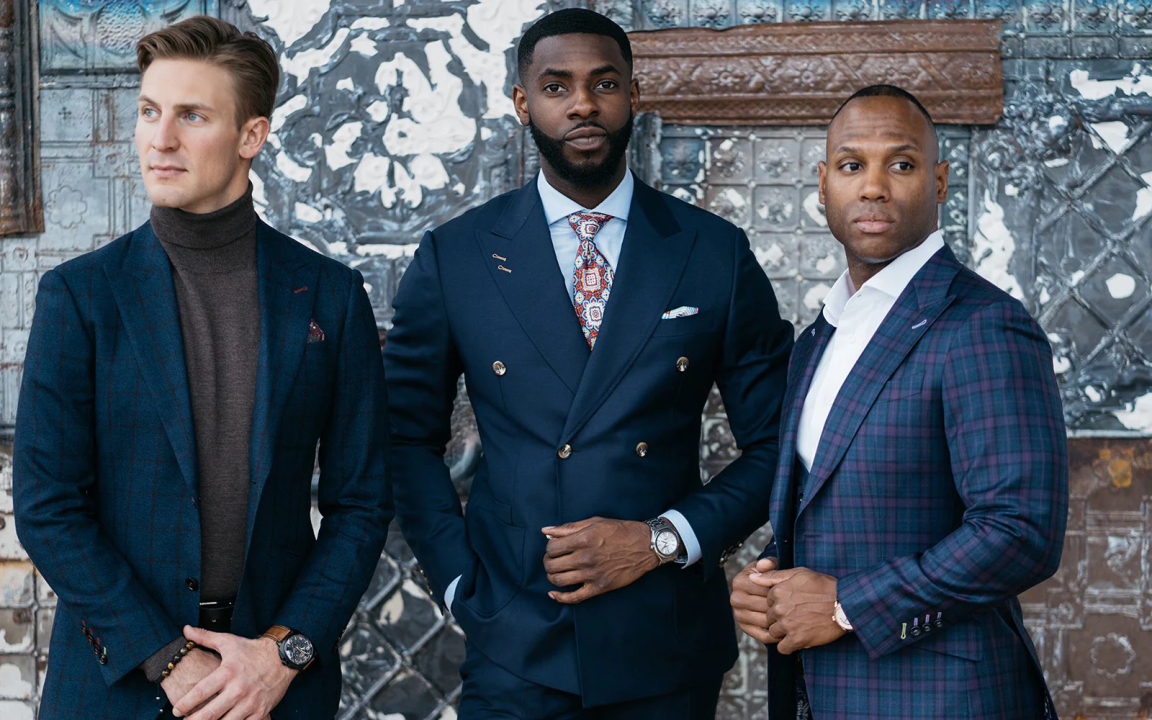Professional tailors are true artisans, dedicated to the meticulous process of designing and creating garments that fit perfectly and reflect the highest standards of craftsmanship. Their work goes far beyond simple sewing; it involves a keen understanding of fabrics, patterns, body shapes, and fashion trends. Tailoring is a time-honored skill that demands patience, precision, and an eye for detail, qualities that are essential when creating custom-made clothing that not only fits but also flatters the wearer. One of the key aspects of professional tailoring is the ability to take measurements and create patterns that are perfectly suited to the individual. Unlike off-the-rack clothing, which is mass-produced and designed to fit a broad range of body types, tailored clothing is made with the wearer in mind. A skilled tailor will begin the process by taking a series of measurements, ensuring that every aspect of the garment, from the shoulder seams to the waistband, aligns with the wearer’s unique proportions. This personalized approach guarantees a fit that is both comfortable and flattering.
Once the measurements are taken, the tailor begins creating a pattern. This is where the true artistry of tailoring comes into play. Patterns are not just templates they are the foundation of the design, and the tailor’s understanding of how fabric behaves is crucial in this stage. Professional tailors will carefully consider how the fabric will drape, how it will react to movement, and how different cuts and seams will affect the overall look of the garment. Whether it is a suit, dress, or pair of trousers, every piece of fabric is carefully selected for its texture, weight, and drape, ensuring it complements the design and enhances the fit. This requires precision and a steady hand, as even the smallest mistake can ruin the integrity of the garment. A tailor uses special tools such as shears, rotary cutters, and chalk to mark and cut the fabric. In high-end tailoring, this process is often done by hand to maintain control and accuracy.
Professional tailors also take extra care in cutting the fabric on the bias diagonal when necessary to achieve a specific look or feel, especially in high-end garments. The sewing process itself requires great skill. Each stitch must be deliberate and consistent, with attention paid to both the functional and aesthetic aspects of the garment. A best suit tailor in bangkok uses different types of stitches for different parts of the clothing, from hand-sewn hems and delicate details to more robust machine stitching for seams that bear weight. The finishing touches are where a tailor’s true craftsmanship shines through such as the addition of perfectly aligned buttonholes; the hand-stitching of linings, or the careful pressing and steaming that gives the garment its final shape. Professional tailors also pay close attention to the details that elevate a garment from simply well-made to extraordinary. They are adept at incorporating elements like contrasting fabrics, bespoke embroidery, and custom linings to personalize the design further.

